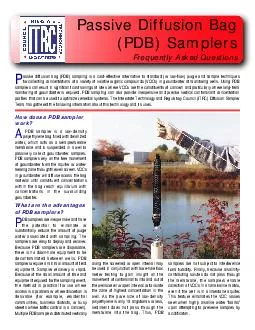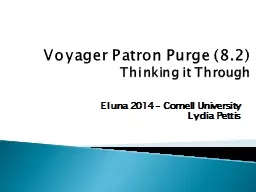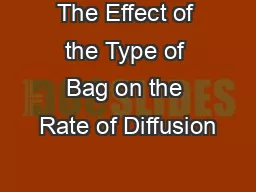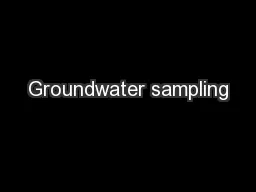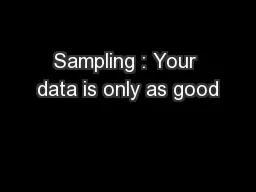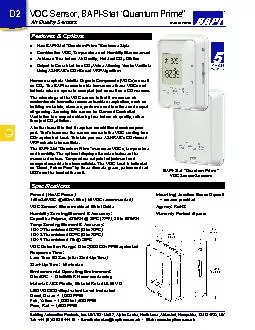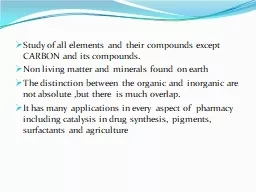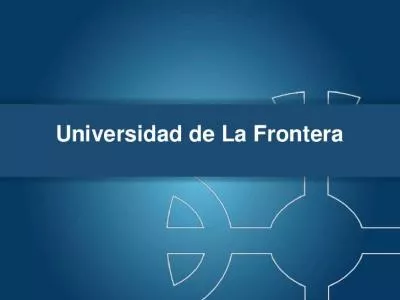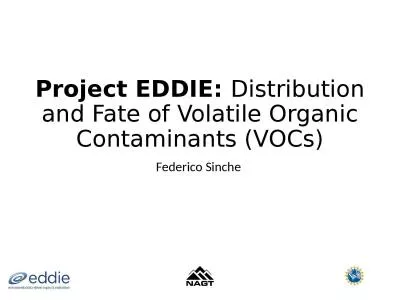PDF-assive diffusion bag PDB sampling is a costeffective alternative to standard or lowflow
Author : debby-jeon | Published Date : 2014-12-25
Using PDB samplers can result in significant cost savings at sites where VOCs are the constituents of concern and particularly where longterm monitoring of groundwater
Presentation Embed Code
Download Presentation
Download Presentation The PPT/PDF document "assive diffusion bag PDB sampling is a c..." is the property of its rightful owner. Permission is granted to download and print the materials on this website for personal, non-commercial use only, and to display it on your personal computer provided you do not modify the materials and that you retain all copyright notices contained in the materials. By downloading content from our website, you accept the terms of this agreement.
assive diffusion bag PDB sampling is a costeffective alternative to standard or lowflow: Transcript
Download Rules Of Document
"assive diffusion bag PDB sampling is a costeffective alternative to standard or lowflow"The content belongs to its owner. You may download and print it for personal use, without modification, and keep all copyright notices. By downloading, you agree to these terms.
Related Documents

